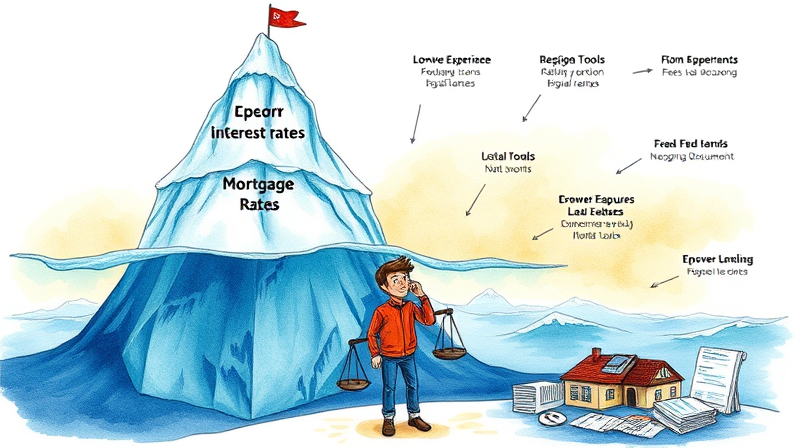
Deciding when to refinance your mortgage can feel daunting, but the right timing can lead to substantial monthly savings and a brighter financial future.
Refinancing replaces your existing loan with a new one, often at a better interest rate or with different terms. Homeowners pursue refinancing to:
With this process, borrowers can secure lower monthly payments or tap into their earned equity for renovations or debt consolidation.
Why should you consider refinancing? The most compelling reasons include:
Every homeowner’s situation is unique, but common motivations center on improving cash flow and reducing total costs over the life of the loan.
Refinancing at the ideal moment hinges on market rates and personal finances. Key timing factors include:
• When interest rates drop well below your current rate. Even a fractional drop (0.5%–1%) can translate to thousands in lifetime savings.
• After your credit score improves. A jump from 680 to 720+ can unlock significantly lower rates, as illustrated by a borrower on a $300,000 loan saving $217 monthly by moving from 8% to 6.94%.
• As your home gains value. Increasing equity lowers your loan-to-value (LTV) ratio, making you eligible for better terms and removing PMI.
Evaluate the prevailing rate environment every few months, especially if the Federal Reserve signals rate cuts or if broader economic data suggest a downward trend.
Refinancing incurs closing costs, typically 2%–6% of your loan principal. A clear break-even calculation helps decide if it’s worth it:
1. Total closing costs ÷ expected monthly savings = Break-even period in months.
2. If you plan to stay beyond the break-even point, refinancing generally pays off. For example, $3,600 in fees divided by $100 saved equals 36 months to recover costs.
Always compare break-even results against your planned homeownership timeline.
Different refinance products have varied criteria. The following table summarizes minimum thresholds for conventional, FHA, and VA refinances:
For the absolute best terms, aim for a credit score above 780, an LTV under 75%, and a DTI below 35%.
Real-life triggers for refinancing often align with these situations:
Before proceeding, weigh potential pitfalls like prepayment penalties and changing market volatility.
Most lenders recommend waiting at least six months after your original mortgage before applying for a refinance. Once ready, follow these steps:
• Shop around for quotes, comparing interest rates and closing cost estimates.
• Complete an application providing income, asset, and credit documentation.
• Lock in your rate when you’re satisfied with the terms.
• Prepare for appraisal and underwriting reviews.
• Close and begin your new loan with optimized terms.
Custom loan periods are available at many institutions, giving you flexibility in payoff strategy.
While refinancing can be a game-changer, keep these tips in mind:
Finally, review rates periodically and seek professional advice to align refinancing with your long-term goals. With careful timing and thorough research, you can achieve lasting financial relief and peace of mind.
References













